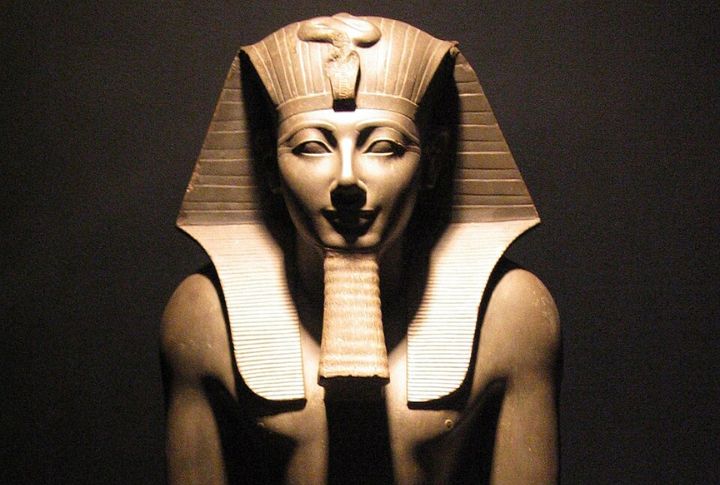
Thutmose III, Egypt’s warrior king, ruled during one of the most powerful periods in ancient history. His life was filled with ambition and transformation. Today, he stands as one of Egypt’s most legendary pharaohs. For a glimpse into how he rose to greatness and left a lasting legacy, check out these 10 fascinating facts.
Crowned Co-Ruler At Two
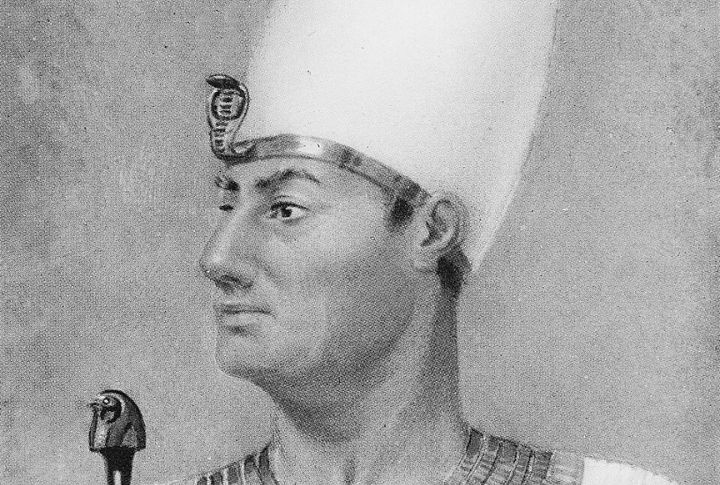
Thutmose III was officially crowned co-regent at age 2 with stepmother Hatshepsut. True power didn’t come until nearly 20 years after her death. During this time, he trained for war and learned leadership, although he was technically a pharaoh from early childhood.
Defeated Many Cities During Military Campaigns

At least 17 military campaigns were led by Thutmose III, with more than 330 cities conquered. Victories brought back wealth, animals, and prisoners, and the empire stretched from Nubia to Syria. Few battles were lost during his reign, which remains one of Egypt’s most successful.
Led The Famous Battle Of Megiddo With Brilliant Strategy
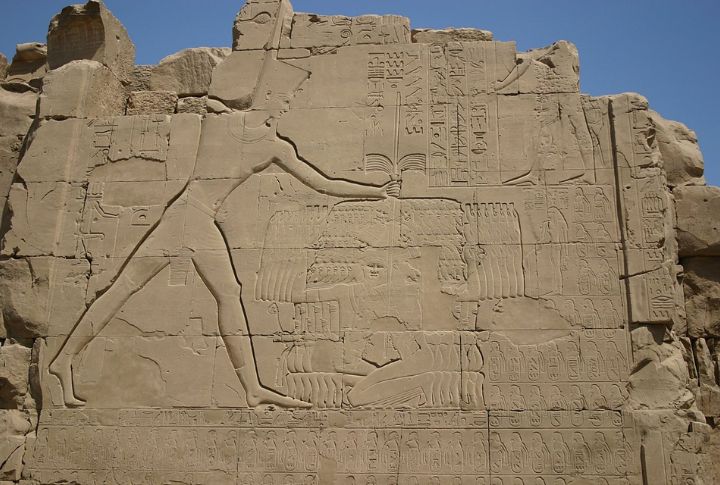
Year 23 marked the famous Battle of Megiddo, one of the first recorded battles in detail. A dangerous mountain pass was used to surprise the enemy. Surrounding forces took 7 months to subdue due to a prolonged and calculated siege.
Created Egypt’s First True Empire Across The Middle East

Conquests extended Egypt’s borders from modern-day Sudan to northern Syria, and vassals pledged loyalty and paid tribute. This expansion marked the creation of Egypt’s first true empire and ensured dominance in the region for generations after Thutmose III’s reign.
Trained In Archery And Military Tactics As A Youth
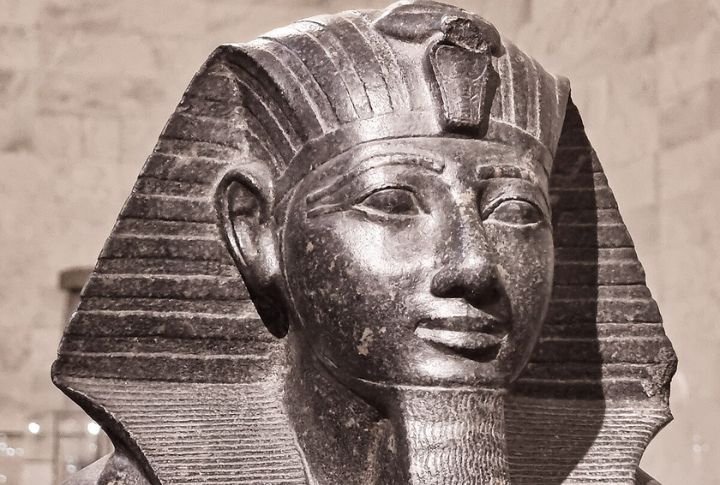
Military training began early, even during Hatshepsut’s rule. Thutmose learned weapons and battlefield leadership. He became a skilled charioteer and was reportedly more accurate with a bow than seasoned soldiers. All these set the foundation for his future as a warrior-king.
Built Monuments Across Egypt
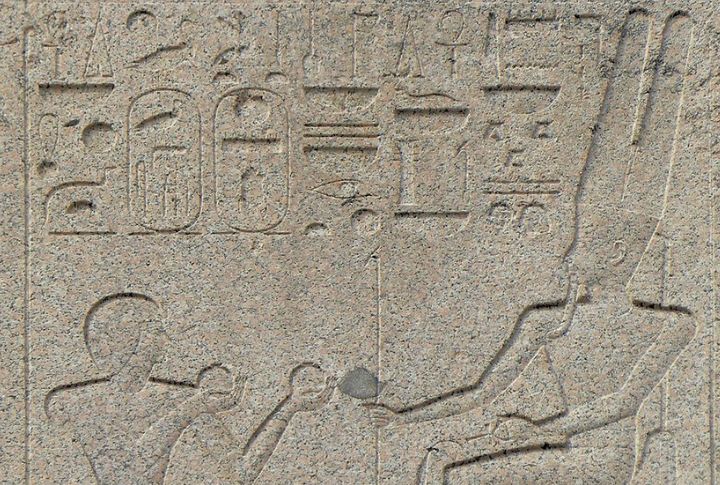
Massive building campaigns included additions to Karnak and over 50 temples, obelisks, and monuments across Egypt. Several obelisks were later relocated to cities like Rome and Istanbul. One now stands in New York’s Central Park, preserving Thutmose III’s legacy in architecture and international visibility.
Used Spies And Surprise Attacks To Outsmart Enemies
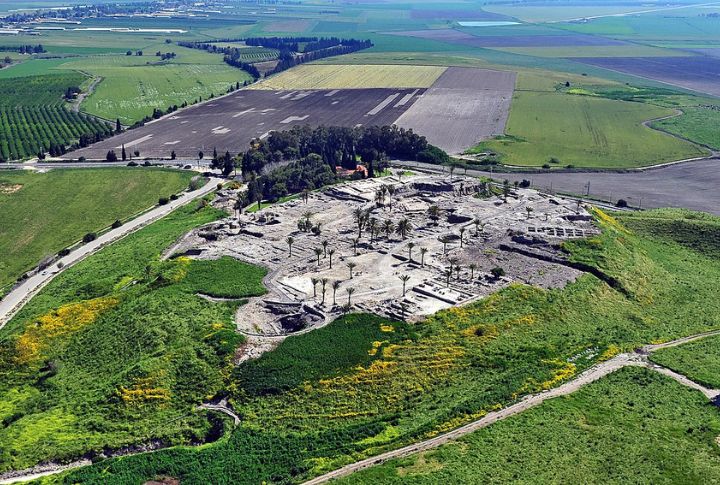
Unorthodox strategies included espionage networks and fast, unpredictable maneuvers. At Megiddo, silent troops moved ahead to cut off enemy warnings. Tactics like these showed early use of psychological warfare, far ahead of their time in ancient military history.
Expanded Trade Routes From Syria And Beyond

Commerce expanded through vassal regions and diplomatic relations. Trade goods included cedarwood, lapis lazuli, and exotic animals. Tribute-based trade networks replaced some conquest strategies, increasing Egypt’s wealth and influence while maintaining control over foreign markets and allies.
Had His Legacy Hidden By Stepmother Hatshepsut’s Edits
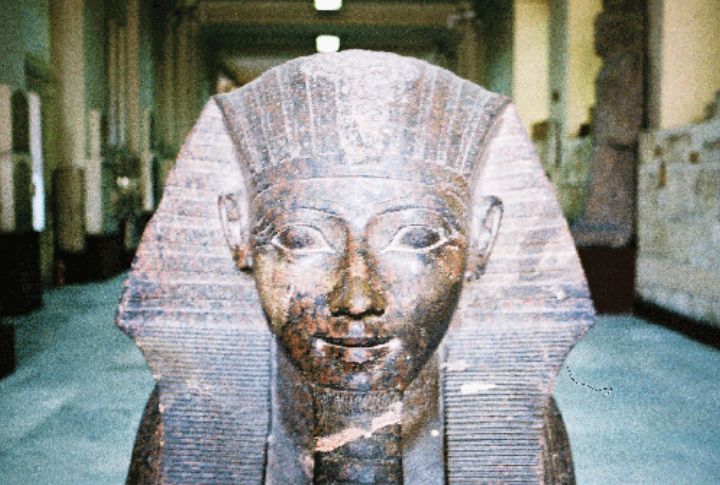
Hatshepsut presented herself as king and often minimized Thutmose III in public records and monuments. After her death, many of her images were removed—possibly not out of revenge but to reinforce dynastic authority and affirm his rightful rule.
Commissioned Detailed War Records At Karnak Temple
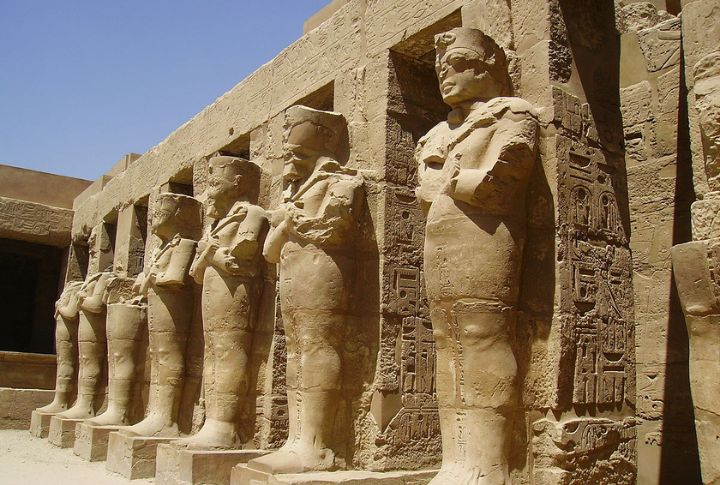
The walls at Karnak Temple display records of cities conquered, tribute collected, and victories achieved. These inscriptions serve as one of the earliest and most complete military archives ever created, essentially functioning as history’s first official war logs.

